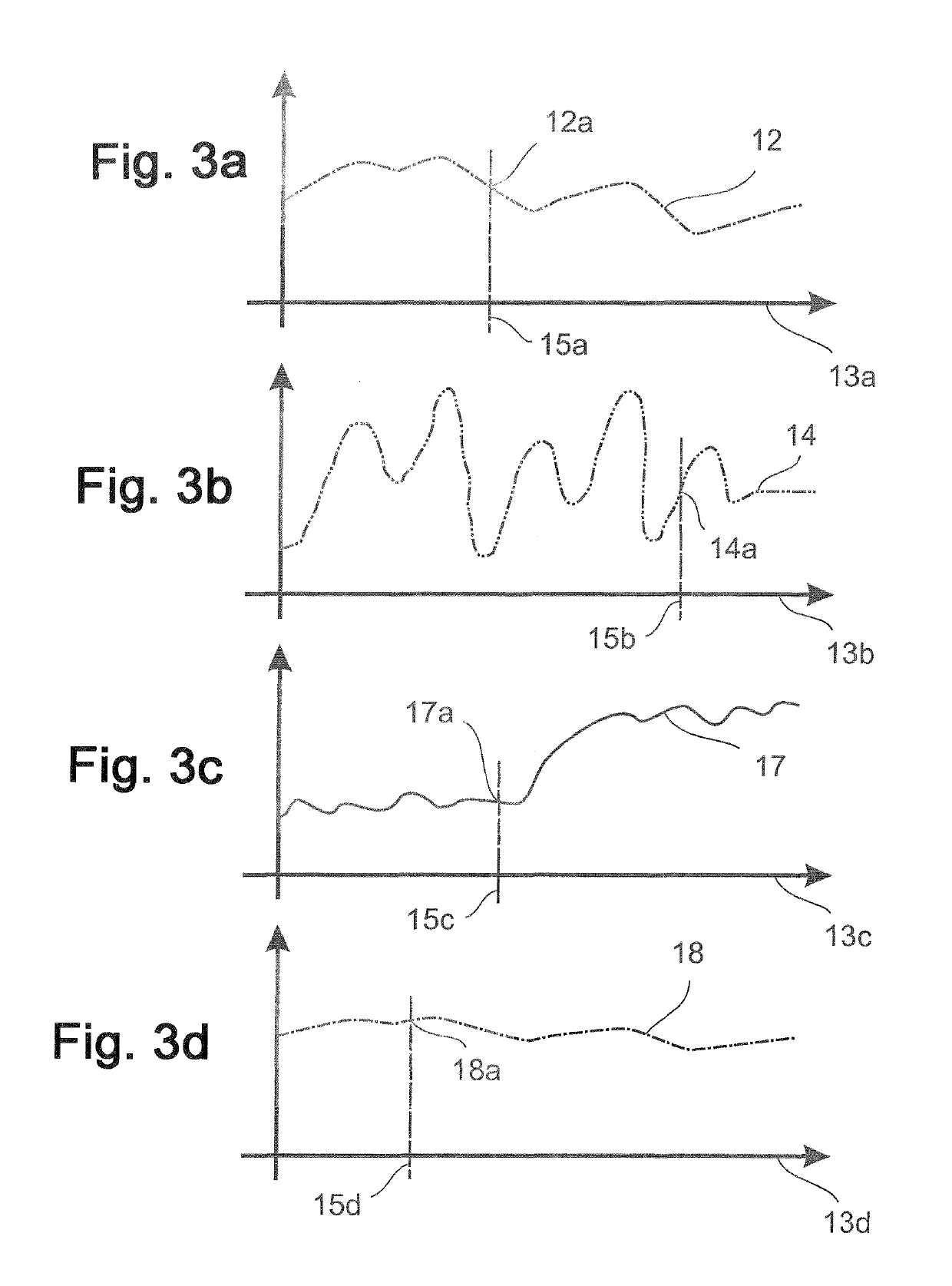Method for determining calibration data for grain-loss sensor
a technology of grain loss sensor and calibration data, which is applied in the direction of mowers, agricultural tools and machines, etc., can solve the problems of time-consuming and labor-intensive, complicated and inaccurate conventional methods, and difficult operation of the combine harvester,
- Summary
- Abstract
- Description
- Claims
- Application Information
AI Technical Summary
Benefits of technology
Problems solved by technology
Method used
Image
Examples
Embodiment Construction
[0024]The following is a detailed description of example embodiments of the invention depicted in the accompanying drawings. The example embodiments are presented in such detail as to clearly communicate the invention and are designed to make such embodiments obvious to a person of ordinary skill in the art. However, the amount of detail offered is not intended to limit the anticipated variations of embodiments; on the contrary, the intention is to cover all modifications, equivalents, and alternatives falling within the spirit and scope of the present invention, as defined by the appended claims.
[0025]A method according to the invention provides for determining calibration data for a grain-loss sensor 1 on a combine harvester 2. Such a combine harvester 2 is shown in a schematic side view in FIG. 1. Combine harvester 2 comprises a header 3, a slope conveyor 4, a threshing assembly 5, a separating assembly 6, a cleaning assembly 7, a transport assembly 8 and a grain tank 9, wherein ...
PUM
 Login to View More
Login to View More Abstract
Description
Claims
Application Information
 Login to View More
Login to View More - R&D
- Intellectual Property
- Life Sciences
- Materials
- Tech Scout
- Unparalleled Data Quality
- Higher Quality Content
- 60% Fewer Hallucinations
Browse by: Latest US Patents, China's latest patents, Technical Efficacy Thesaurus, Application Domain, Technology Topic, Popular Technical Reports.
© 2025 PatSnap. All rights reserved.Legal|Privacy policy|Modern Slavery Act Transparency Statement|Sitemap|About US| Contact US: help@patsnap.com



